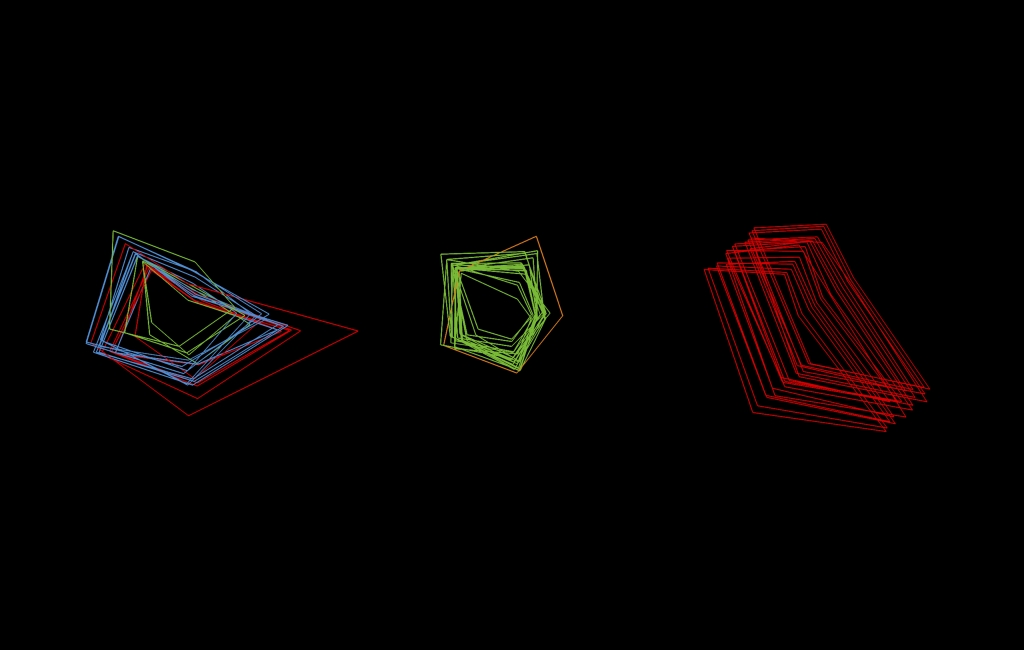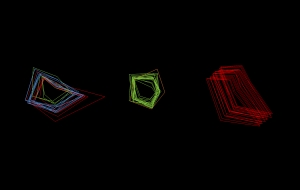Past
Sternstunde, curated by Nobuko Nakano
Feb 4 (Fri.) - Feb 19 (Sat.), 2022
* Admission to the exhibition requires advance reservation. Please use the link below to make your appointment.
make an appointment here (Japanese text only)
Curation: Nobuko Nakano
Realization: Yuta Sasaki
Art Direction: Takuma Hayashi
Technical Direction: Yusuke Suga
Sound Design: manabushimada
Nitto Denko Corporation, Yutaka Endo (LUFTZUG)
_____________________________________
The elements in the human body that have an atomic weight greater than that of iron (Fe) are derived from the death of one or more massive stars—they were synthesized via the sort of powerful stellar explosion that can be observed as a supernova. Our bodies, including our brains, are cradles of life, reconfigured from the remains of stars.
The atoms in virtually all the lifeforms on earth, and in their surrounding environments, are part of an ecological system, circulating through cycles of creation and flux as they migrate from body to body and form to form.
The genetic information stored in DNA does not necessarily have a 1:1 relationship with a particular phenotype. It undergoes epigenetic change in accordance with environmental conditions. Consequently, each of us is a phenomenon resulting from a reconstruction process using recycled materials. Ensuring our individuality comes down to the patterns of activity in our brains.
Stefan Zweig used the term Sternstunde (literally “star hour”) to describe a decisive moment that represents a major turning point for humanity, and he wrote about a number of such moments in Sternstunden der Menschheit (Decisive Moments in History, later translated as Shooting Stars: Ten Historical Miniatures). Each Sternstunde is a decisive, historic, and fateful moment that has a major influence on the subsequent course of history. Humans make about 35,000 decisions every day. Our individual existences each consist of our own continual series of Sternstunden, creating the person that exists here and now.
This exhibition is designed to record the brain activity patterns of visitors, extract them into NFTs, and use the patterns occurring within a certain length of time to produce NFT art that can be purchased and owned by the individual visitor. The aim is to explore whether this approach can overcome the differences and divisions that mislead our superficial consciousness, enabling us to grasp the joy of connection, even if only for a brief moment. It can also be considered a challenging exhibition, in that the activity of each visitor’s own brain is brought into the open.
Nobuko Nakano, curator of Sternstunde
_____________________________________
Did you ever think about what sort of universe opens up in our brains when we pause in front of an exquisite painting, or quietly listen to music, or get into the flow of some creative activity?
Or wonder how our brains take in the look and feel of amazing art or craft, transforming those sensations into thinking, and adding them to the library of our memories? Simple curiosity about those interlinked mechanisms was one of the motivations behind this exhibition.
To take a close look at the world inside our own brains, Maho Kubota Gallery asked brain scientist Nobuko Nakano to curate an experimental exhibition involving extracting the state of each visitor’s brain “here” and “now,” and projecting it as viewable art.
To make the state of the brain visible, each visitor is asked to put on a headband and enter spaces set up for the exhibition, employing light and darkness. The data picked up by the headband is passed through a system designed to convert the data into visual form and project it within the space. Through this exhibit, visitors can watch the world inside their own brains change in real time, expressed in colors and shapes derived from their own feelings.




